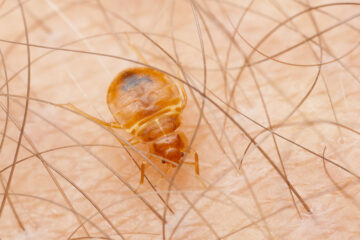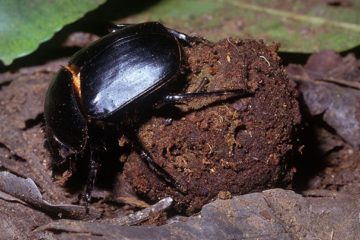Among the options for bee pest control is injection. Injecting treatment into access points or holes will kill bees gradually. But it may not kill the eggs laid by adult bees. The larvae will continue to grow and hatch. As a result, you may need to hire a pest control company to return several times over the seasons before the problem is completely solved. Read on for more information. However, keep in mind that these methods are not entirely effective.
Less toxic pesticides
To prevent bee deaths, farmers should consider using less toxic pesticides. These compounds should be applied in the late evening or nighttime to minimize the chances of bees becoming contaminated. For best results, less toxic pesticides should be applied when the insect population is low, such as during late spring and early summer. These pesticides should be applied on days that don’t have dew forecast, since dew can re-wet the area and increase bee exposure.
Tarping
Tarping for bee pest control is one method that is not only effective but also environment-friendly. To apply tarps, place them over the bumble bee nest. Place heavier objects on the sides of the tarp to keep the bees from leaving the tarp unattended. Tarping is best performed during the night, as early morning tarping will attract attention. Wear dark clothes, especially if you’re removing nests, to avoid being seen. It’s also a good idea to recruit an extra pair of hands to help you tarp.
Injections
Injections for bee pest control involve injecting chemicals into holes or access points in the walls. The chemicals kill adult bees, but may not affect the eggs they lay. The larvae will grow and hatch, making it necessary to re-inject the treatment. This method may need to be repeated several times in a season to eradicate all colonies. It is important to consult with a bee pest control company if you suspect a swarm has invaded your home.
Mothballs
When using mothballs for bee pest control, be sure to use a product that is labeled for use around bees. These pesticides contain naphthalene, a chemical that has been classified by the Food and Drug Administration as a bioaccumulative toxin. This means that if you use them on a regular basis, mothball fumes can accumulate in low-lying areas, such as along floors. If you do decide to use mothballs, be sure to follow directions for usage, as they are harmful to you and your family if used in high concentrations.
Extermination
You may think that DIY solutions to eliminate bees are sufficient, but it is best to call for bee pest control professional bee exterminator as soon as you notice any signs of these stinging pests. However, it is important to know that using over-the-counter insecticides only offers temporary relief and does not effectively eradicate bee populations. Bee exterminators have the necessary tools to safely eliminate these stinging pests from your home. They are trained to inspect wooden surfaces for damage and look for stains and pollen near drill holes.


